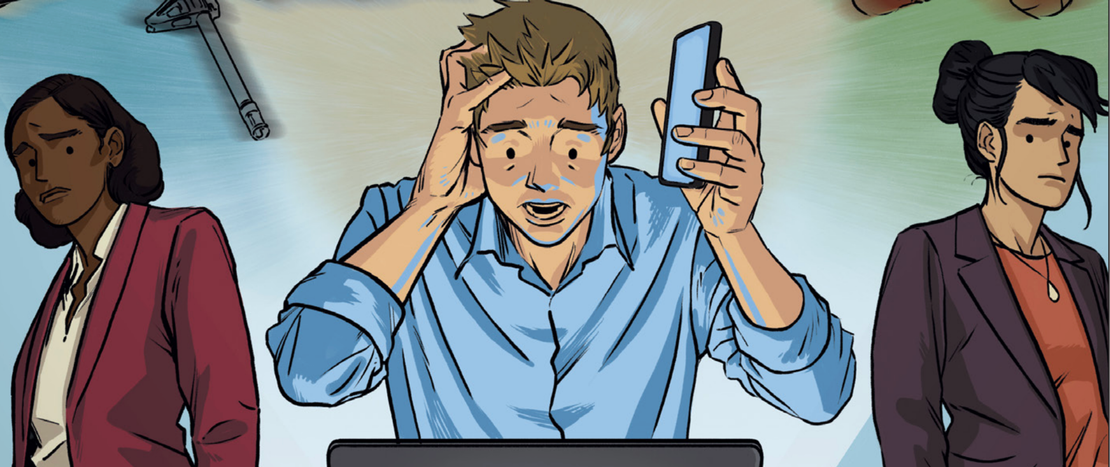
Vicarious trauma in counterterrorism practitioners
- Daisy Muibu , Joseph Young , Michael Becker , Sarah Lynch , Ethan Ferguson , Lindsay Barclay
- Vicarious trauma
- February 2025
Table of Contents
Explored the impacts of violence and trauma exposure during a job in the counterterrorism field.
Project Overview
Those exposed to violence and trauma as part of their careers may experience significant distress; yet there remains a dearth of literature exploring occupational outcomes as a result of this exposure to violence, namely through the pathways of vicarious trauma (VT) and secondary traumatic stress (STS). The current study seeks to explore how violence and trauma exposure during one’s job in the counterterrorism workforce can lead to the adverse outcomes of VT and STS, which will in turn impact one’s job performance and job satisfaction. We use a mixed methods approach, using a quantitative survey and qualitative interviews to gain a comprehensive picture of how VT and STS affect this population. The quantitative survey consists of various validated scales measuring VT, STS, burnout, job performance, and job satisfaction, as well as questions regarding the types of violent/traumatic material practitioners are exposed to, as well as how frequently they are exposed (i.e., daily, weekly, monthly). Over the two-year course of the project, we amassed 469 survey responses (186 from counterterrorism professionals exposed to violence, and 283 from a control group similar in most demographic ways, who work in government, but are not exposed to violence) and 15 qualitative interviews. Our results suggest that exposure to violent material is positively related to higher reported levels of VT and STS. Moreover, those who reported greater levels of vicarious trauma and STS reported less job satisfaction and more counterproductive work behaviors on average. Similar themes arise in our qualitative interviews, with respondents reporting psychological distress and job burnout because of violence exposure. In our quantitative modeling, we control for burnout as a rival explanation and still find negative effects of exposure to violence on mental health job satisfaction/performance. Our findings suggest that those with more violence exposure do report higher levels of VT and STS, and those reporting higher levels of VT and STS also report lower job satisfaction and higher counterproductive work behaviors, suggesting our conceptual model captures these constructs in our sample.
Full Report
Follow link below for the report. Questions? Contact the authors.
Full ReportRelated Posts

Investigating terrorist use of improvised explosive devices in the United States: Evidence from US federal court cases, 2009–2024
Understanding terrorist use of improvised explosive devices (IEDs) in the United States.
Read More
Examining the impacts of a gamified media literacy intervention in Indonesia
Examining an attempt to integrate messaging applications and gamified approaches to deploy media literacy interventions.
Read More
Defining the logic and risk of terrorist UAS attacks in the United States
- Austin Doctor , Suat Cubukcu , George Grispos , Joel Elson , Tyler McCoid ,
- Ux s, Emerging technology
A report on the logic and emerging trends in terrorist use of UAS.
Read More